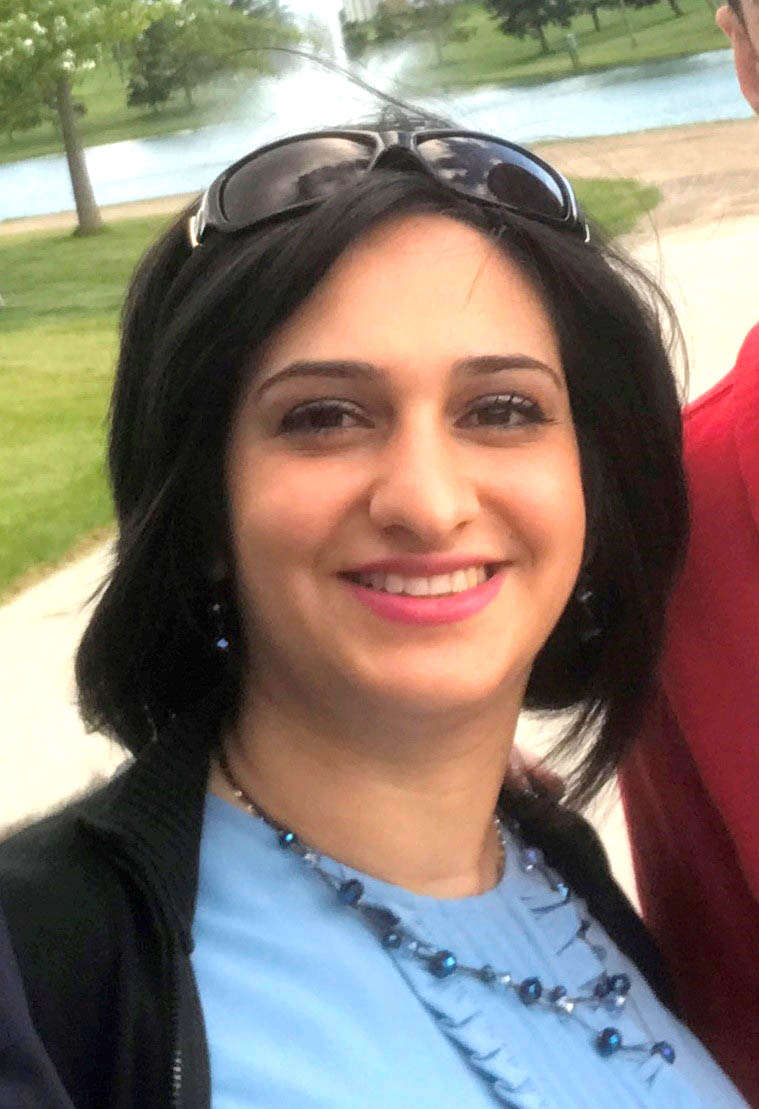The culture and heritage sector has become known worldwide as a leading component of the tourism industry and as influential in the revitalization of open spaces and traditional buildings to be used for modern functions. As it is increasingly incorporated into economic development and employment growth strategies, this sector is not only a major global industry that generates income but also proof of cultural identity and a means to safeguard cultural heritage.
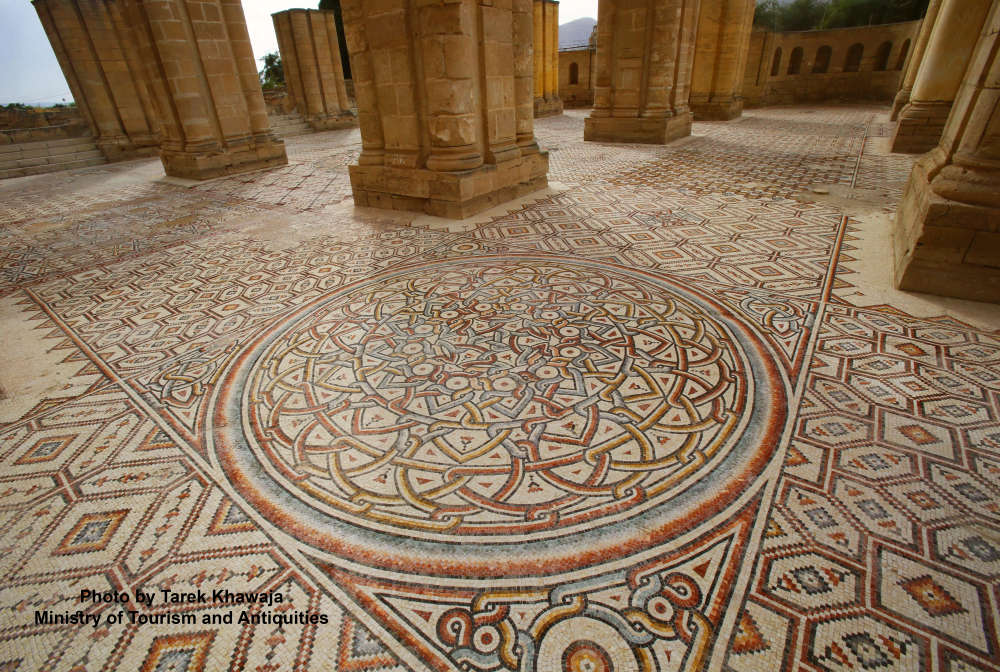
Tourism has always been a major industry in Palestine since it constitutes approximately 15 percent of the GDP. More than one-quarter of the working population are employed and involved directly and indirectly in the tourism industry. During 2017 more than 2.7 million tourists visited Palestine, with the first half of the year witnessing the most dramatic rise in tourism, according to data published by the UN World Tourism Organization.

Many Palestinian tourism sites receive huge numbers of visitors – which is crucial for Palestine – yet a high percentage of visitors are pilgrims who only target religious sites. This has precipitated the need for Palestinians to work towards diversifying their marketing strategies and providing new approaches to tourism, promoting, safeguarding, and protecting Palestinian cultural heritage, and using it as a tool for economic growth and development in order to attract visitors who are interested wholly or partially in the historical, cultural, artistic, and heritage offerings.
Consequently, Palestine has redefined cultural heritage tourism as an important ingredient for development and sees it as a pioneer approach that generates income and contributes to improving the population’s living conditions through upgrading the physical historical fabric, archeological sites, and cultural landscape, bringing the historical centers back to life and promoting the hiking trails.
Given that cultural heritage is an asset that can be utilized to enhance tourism and economic development, Palestine is implementing conservation projects that respond to current needs while preserving identity and traditional practices.
Among the wide range of cultural heritage projects that have been implemented to boost development, the most valuable and remarkable will be mentioned here. The Rehabilitation of Hisham’s Palace in Jericho, funded by the government of Japan, is one of the pioneer projects led by the Palestinian Ministry of Tourism and Antiquities to link cultural heritage with tourism. This project, which involves removing rubble to uncover the world’s largest mosaic floor for public display, is expected to boost tourism in Palestine and Jericho, develop tourism services, and generate income.
Efforts to preserve cultural heritage and cultural identity, as well as to promote tourism are also being made in Jerusalem. The valuable pioneer initiative of the Custody of the Holy Land, The Creation of the Flagellation Museum in Jerusalem, highlights Palestinian cultural identity.
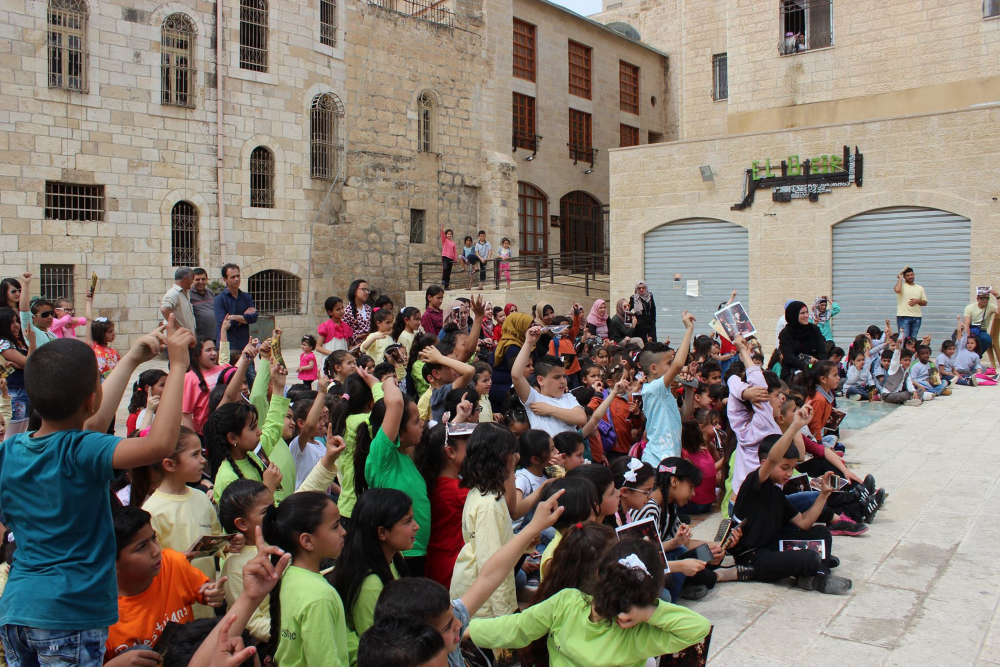
The Rehabilitation of An-Nabi Musa Complex in Jericho aims to prolong the visit time spent in this maqam (shrine) through promoting it as a tourism destination that includes a guest house, a bazaar, and a restaurant.

The Rehabilitation of Khan Al-Wakaleh in Nablus for adaptive reuse as a cultural center was implemented in cooperation with the private sector and funded by the European Union through the UNDP. This initiative employs cultural heritage resources to enhance the experience of tourists and visitors, thus contributing to creating alternative destinations that encourage them to extend their stay in the area, benefiting the local community.
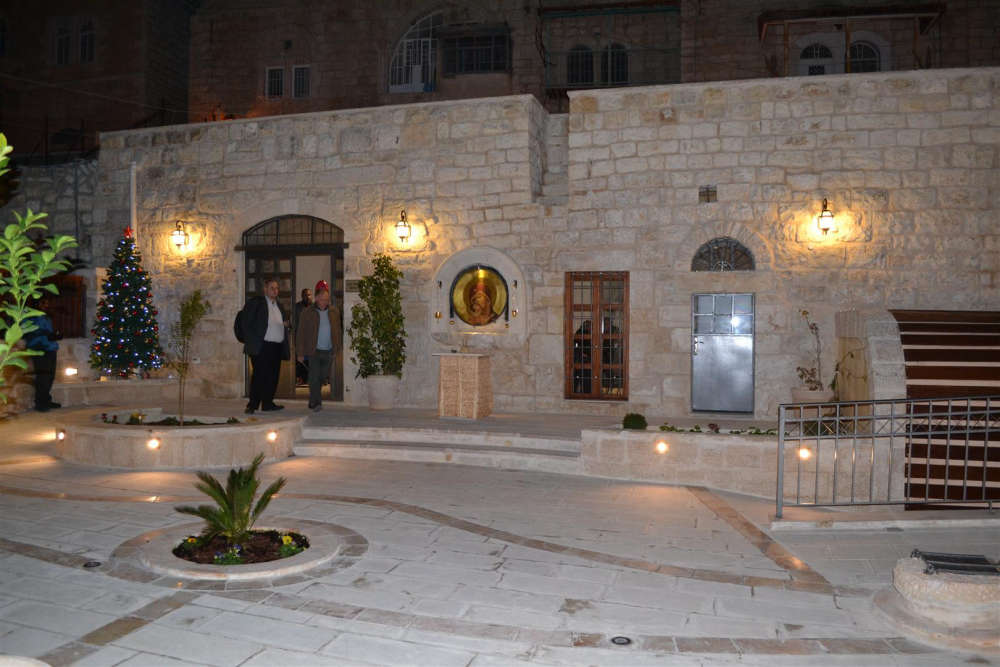
Palestine has contributed much to the tourism sector through the rehabilitation of historic centers and the development of cultural heritage as a primary tourism product. This has been achieved through the implementation of a project titled The Regeneration of Historic Centers Targeting 12 Clusters in the West Bank. Funded by the Kingdom of Belgium through the Ministry of Local Government, this intervention supports regeneration planning and practice, as well as policy development in Palestine.
At the same time, a range of projects were implemented in the Bethlehem Governorate to promote hiking paths and improve tourism facilities and services. One of these valuable projects is The Rehabilitation of Star Street in Bethlehem, funded by the government of Russia through the Bethlehem Municipality. This project aims to develop the street, transforming it into a vibrant route that leads to the Church of the Nativity, a World Heritage Site.
The Rehabilitation of the Historic Center of Beit Sahour was funded by the Italian government through the Palestinian Municipalities Support Program (PMSP), the government of Sweden through Sida, and USAID through Compete Project, implemented by the Centre for Cultural Heritage Protection (CCHP). This project aims to protect the built-up heritage and urban fabrics, bringing them back to life in terms of the cultural, social, religious, economic, and tourism sectors, and providing temporary and permanent job opportunities.
The Enhancement of Walking Trails in Battir, funded by the government of Italy through Battir Municipality, will contribute significantly to enhancing the tourism sector in the area and promoting it as an agri-tourism destination.
The Rehabilitation of the Historic Center of Araba, funded by the Arab Fund through the Welfare Association, aims to revitalize the historic center and improve its urban fabric.
Rehabilitation for adaptive reuse can be and, in our case, is rooted in the immediate needs of the community. Several traditional buildings were rehabilitated in Battir, Bethlehem, Sebastiya, Beit Sahour, and Tulkarem for the adaptive reuse of guest houses funded by the government of Italy through the Ministry of Local Government. The project provided a chance for visitors to explore and experience the architecture. In fact, a guest house in the heart of the historic centers contributes to the revitalization of its cultural heritage and history, and its integration into the tourism experience.
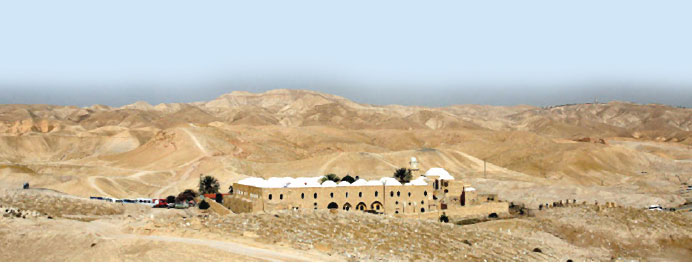
The axiom of cultural heritage projects is the improvement of quality of life, the preservation of cultural assets, and the development of the socio-economic sphere, of which tourism holds a major share. In spite of the current stalemate, tourism is foreseen to remain the major economic activity in the Palestinian sector in the future. That is why the orientation of pioneering heritage work leans towards the social and economic development of the local community and tends to explore the best ways to bring maximum benefits to communities and small-scale service providers.
Numerous initiatives have been led by Palestinian cultural heritage organizations, the Ministry of Tourism and Antiquities, and the Ministry of Local Government, which worked closely with private and public stakeholders throughout the implementation of projects to define strategies for the revitalization of these centers. The involvement of the various stakeholders ensures the sustainability of the revitalization process, which encourages the participation of everyone in the process of urban development, thus contributing to a successful tourism and pilgrimage industry in Palestine.

